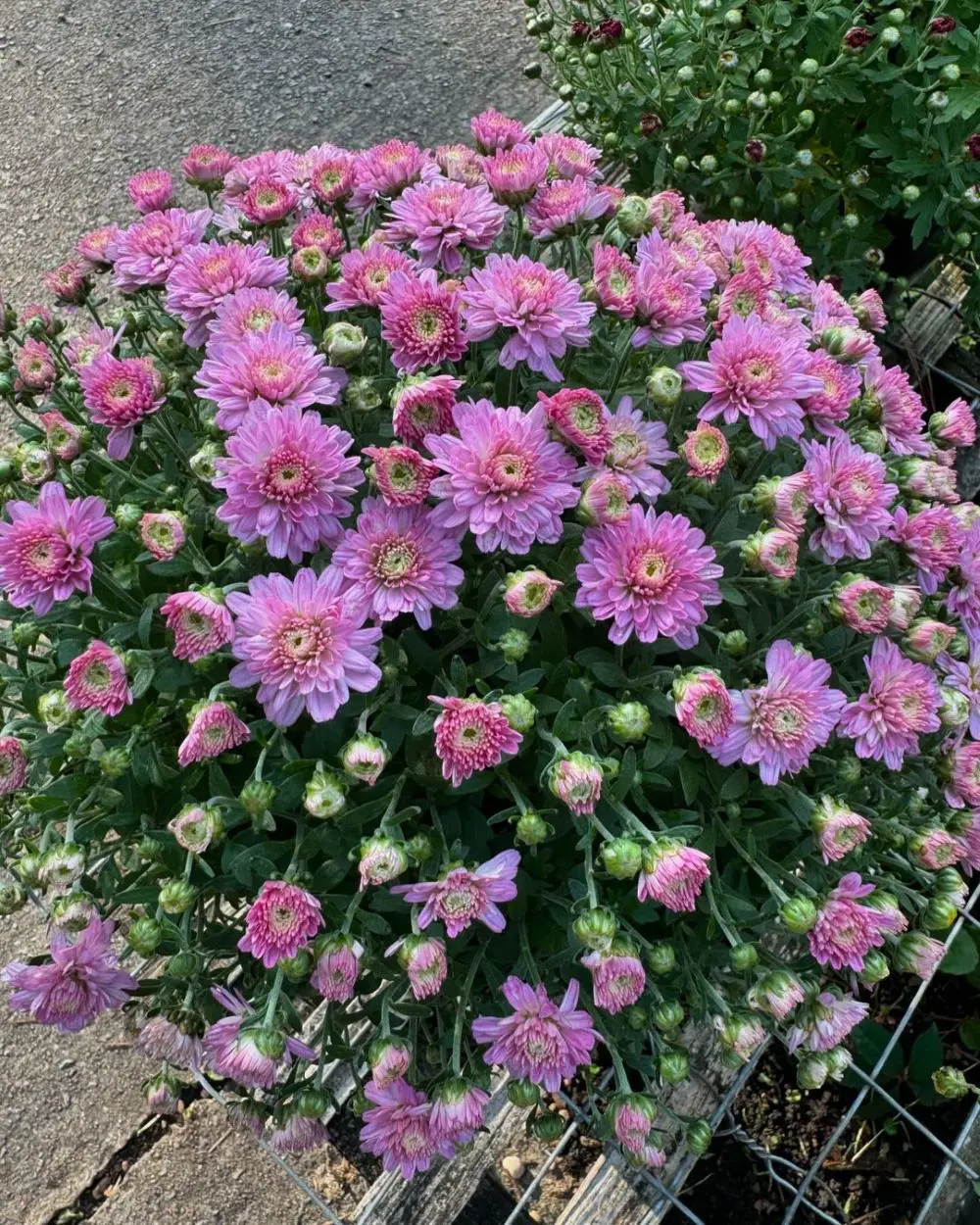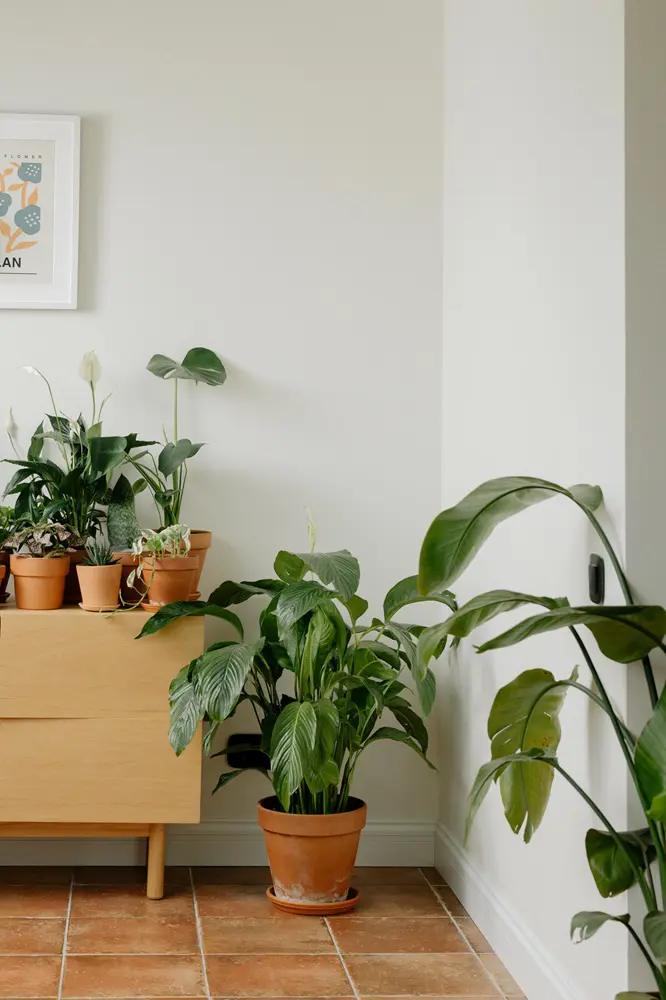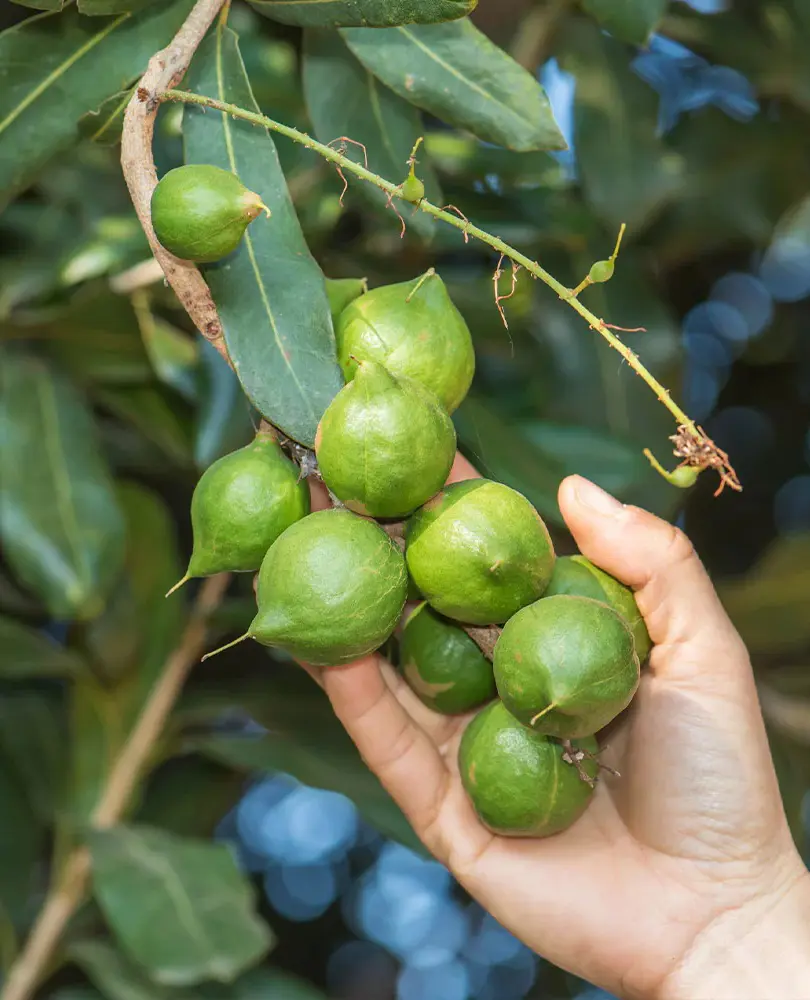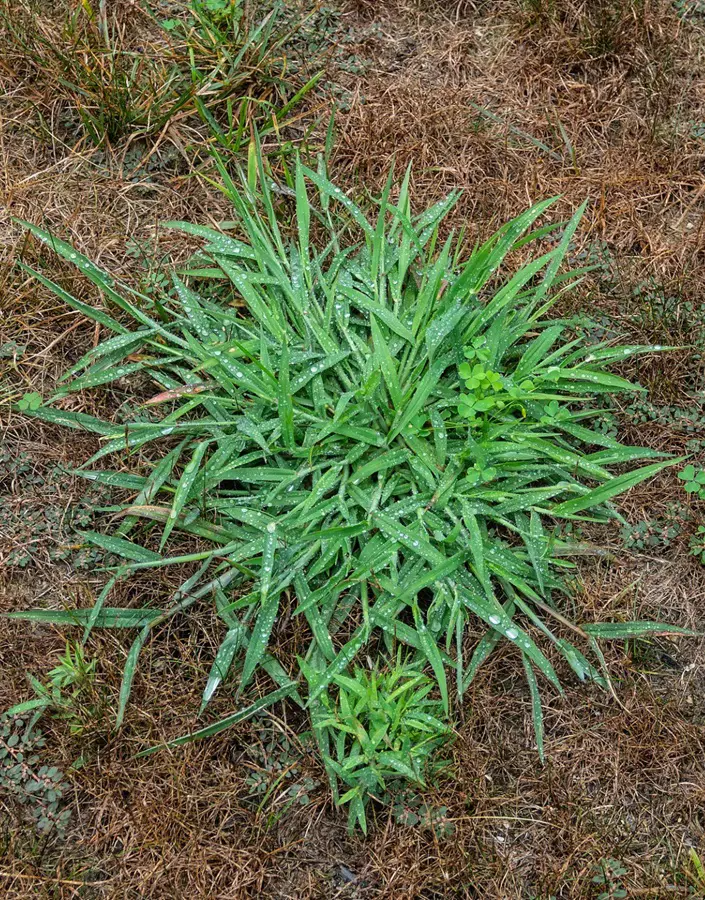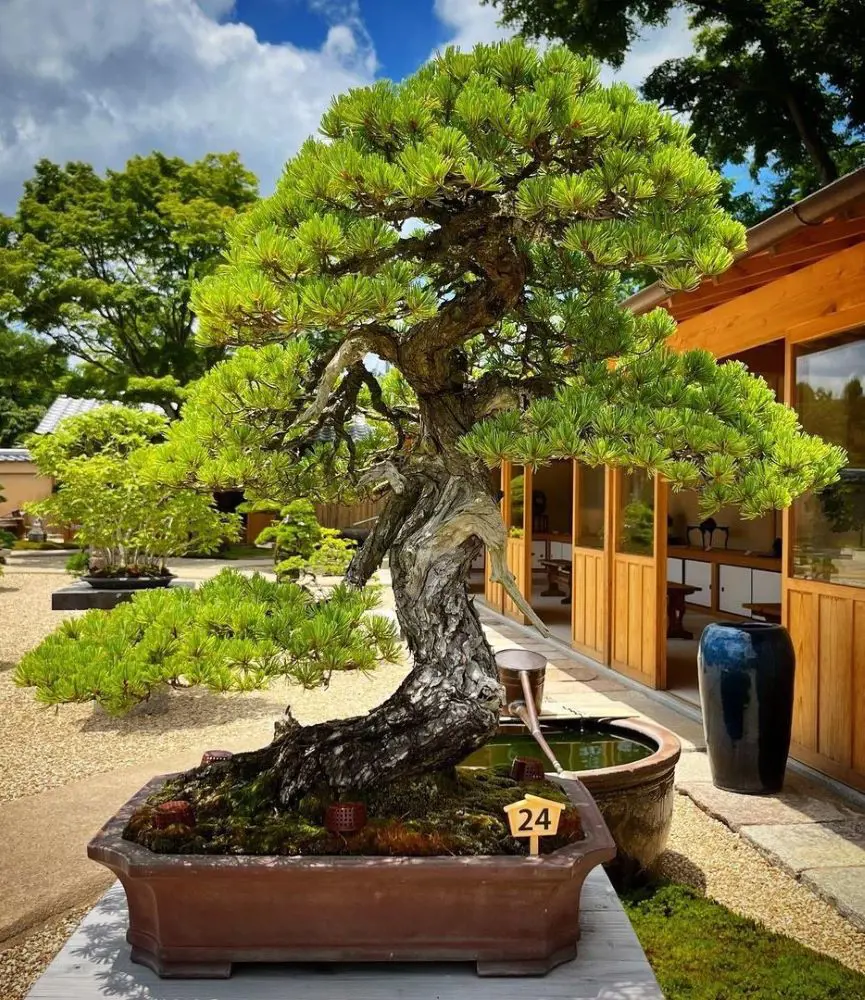
Bonsai trees are more than just plants; they're living art pieces that need special care. To bring out the best in these tiny masterpieces, it's vital to grasp the ins and outs of bonsai care.
This guide covers crucial aspects like watering, fertilizing, and key practices to care for bonsai trees. Whether you're a seasoned enthusiast or new to bonsai, these tips offer a complete resource for your miniature trees to thrive. Let's dive into the art and science of bonsai tree care together, ensuring your small arboreal creations flourish beautifully.
How To Care For Bonsai Tree?

Caring of a bonsai tree is like tending to a tiny, carefully crafted tree that captures the beauty of nature in a small size. Originally from Japan, bonsai involves skillful pruning, shaping, and cultivation to create a scaled-down version of nature.
These living art pieces are loved for their beauty and the delicate balance between art and gardening. Caring for a bonsai needs a mix of gardening know-how, patience, and artistic skill. Here's a simple guide:
Right Placement For Your Bonsai

Ensuring your bonsai tree thrives involves placing it in the right conditions, considering both indoor versus outdoor growing, and providing sufficient sunlight.
Outdoor vs. Indoor Bonsai Tree Growing
While indoor cultivation is gaining popularity, many bonsai trees thrive outdoors for most of the year. Replicating natural cycles essential for your tree's health is challenging indoors.
However, not all bonsai species can withstand your local weather. Refer to our outdoor bonsai guide for selecting a suitable companion that can endure the climate in your area.
Watering Bonsai Tree
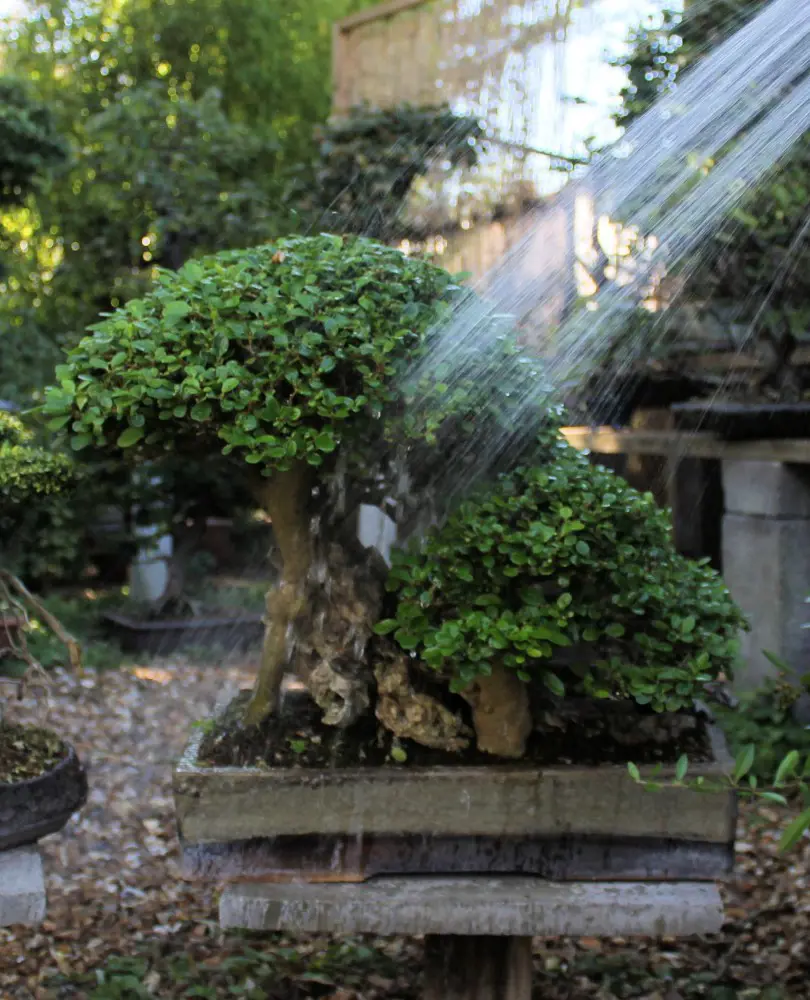
Watering is a crucial aspect of caring for your bonsai trees. How often you water depends on factors like the type of tree, its size, pot size, season, soil mix, and climate. Different trees have different needs, so it's essential to pay attention.
Watering Frequency
Regularly monitor soil moisture, ideally daily. Water the bonsai when the top layer of soil feels slightly dry to the touch. The exact frequency depends on several factors, including the specific tree species, the size of the pot, and prevailing environmental conditions.
Different species have varying water needs, and factors like pot size affect how quickly the soil dries out.
Watering Method
When watering, ensure a thorough soaking of the soil. Water the bonsai until you observe water draining from the bottom of the pot. This ensures that the entire root system receives the necessary moisture.
Adequate drainage is crucial to prevent waterlogged soil, which can lead to root rot. The goal is to maintain a balance, providing enough water to keep the soil consistently moist without causing water stagnation.
Choosing The Right Soil
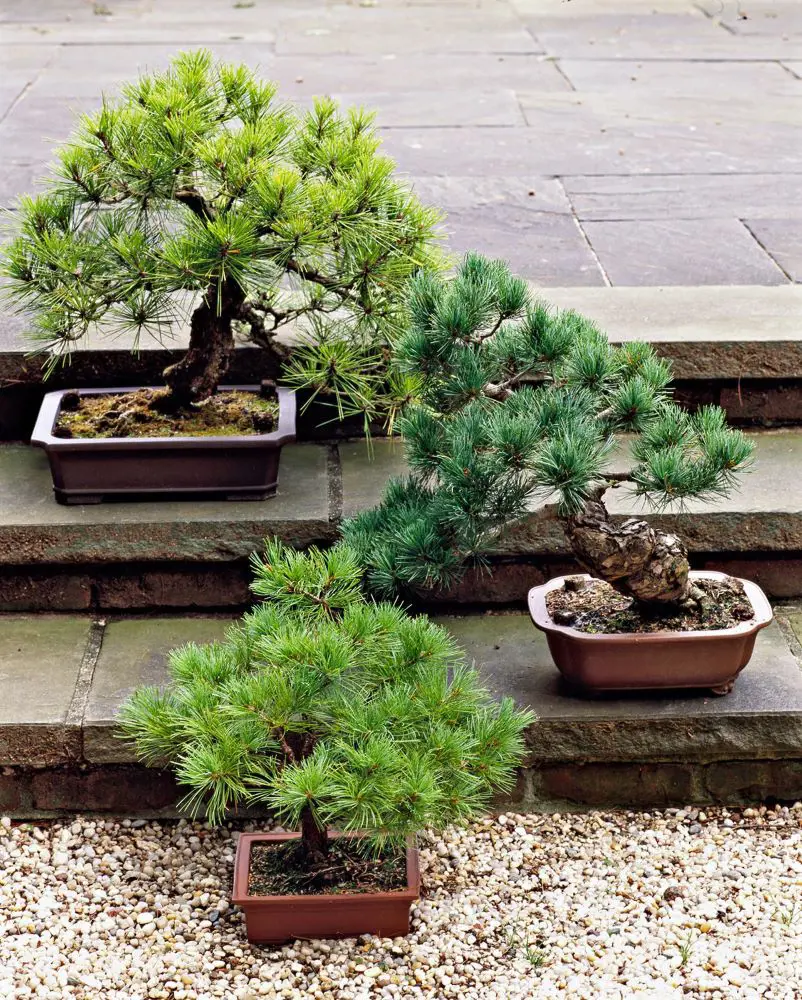
For your bonsai's health, use bonsai soil that drains well. This helps prevent water from getting trapped, which can cause root rot, a condition where roots decay due to excess moisture.
Regular potting soil doesn't work well for bonsai; it retains too much water. Bonsai soil ensures your tiny tree gets the right balance of water and air, keeping its roots healthy. So, choose soil specifically designed for bonsai to keep your miniature masterpiece thriving and avoid any soggy troubles.
Fertilizing Your Bonsai Tree

As your bonsai tree grows, it extracts nutrients from the soil. In the wild, these nutrients are naturally replenished through decaying organic matter. However, in the confined space of a bonsai pot, it's your responsibility to ensure the soil stays nutrient-rich through regular fertilization.
Always follow the instructions on the fertilizer container, as different products have distinct usage guidelines. In general:
Tropical and Subtropical Bonsai
- Fertilize weekly during the growing season.
- These trees, growing year-round, should be fed monthly from fall to spring.
Deciduous Bonsai
- Fertilize weekly during the growing season.
- Cease fertilization when leaves fall, signaling the tree's dormancy.
Conifers
- Fertilize weekly in the growing season.
- In winter, reduce feeding to once or twice a month, as conifers remain active and utilize nutrients during this period.
Repotting Your Bonsai
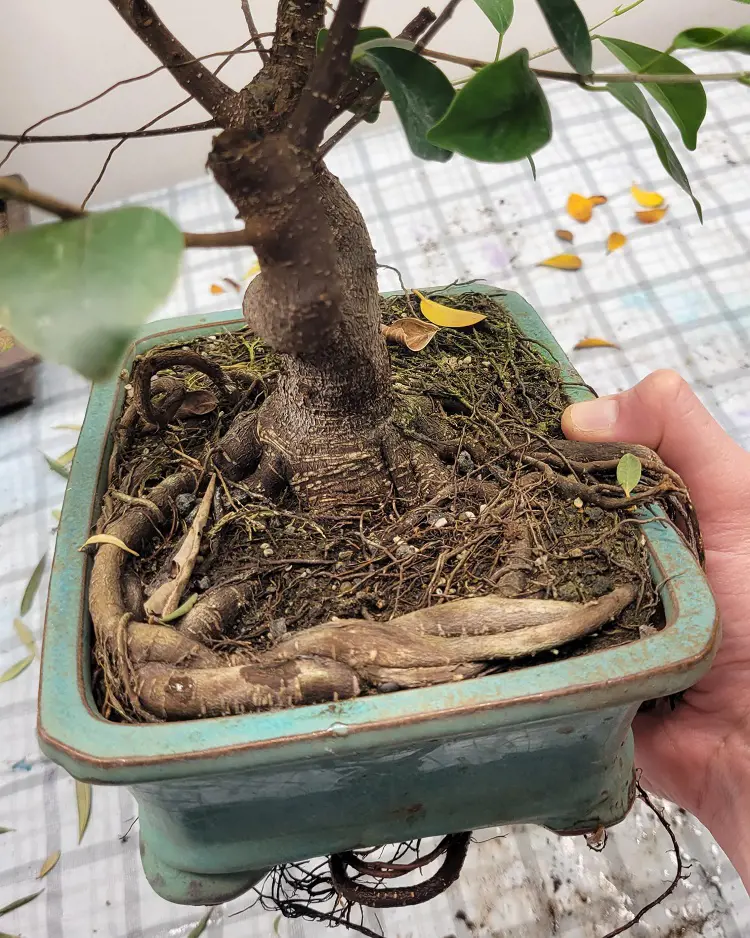
Just like people need a change of environment, your bonsai needs a new home too. Repot your bonsai every 2-3 years to refresh its soil and promote healthy root growth. If you don't, it might become pot-bound, meaning its roots are stuck and it can't get enough nutrients.
When it's pot-bound, it stops growing and can even die. Repotting gives it a new lease on life, providing the nutrients it craves and room to spread its roots, helping it stay vibrant and alive.
Lighting Guide For Your Bonsai

Indoor Bonsai
Put your indoor bonsai close to a south or west-facing window. These directions get the most sunlight indoors. Indoor bonsai crave sunlight. The more, the better. So, make sure they get a good dose of it.
- Pro Tip: Rotate your indoor bonsai regularly. Imagine it's doing a little dance to catch all the sunlight. This ensures all sides get their fair share, keeping your bonsai balanced and healthy.
Outdoor Bonsai
Outdoor bonsai are like sunbathing enthusiasts. They need full sunlight, so find them a sunny spot. Make sure your outdoor bonsai gets at least 6 hours of direct sunlight every day. It's like their daily vitamin dose for growth and well-being.
Pruning And Shaping Bonsai

Maintenance Pruning
Keep your bonsai in tip-top shape by regularly snipping away dead, damaged, or unwanted bits. It maintains the shape you want, so it looks its best.
- Pro Tip: Make it a habit to check for any unruly growth and trim it away. Think of it as giving your bonsai a little spa treatment to keep it healthy and stylish.
Structural Pruning
When your bonsai is taking its winter nap, that's the time for a more serious haircut. Think of it as shaping and structuring its overall form. It helps guide its growth in the right direction.
- Pro Tip: Be a winter stylist for your bonsai. Shape it up during its dormant season to ensure it grows in the most beautiful way when the active season rolls around.
Wiring Your Bonsai Plant
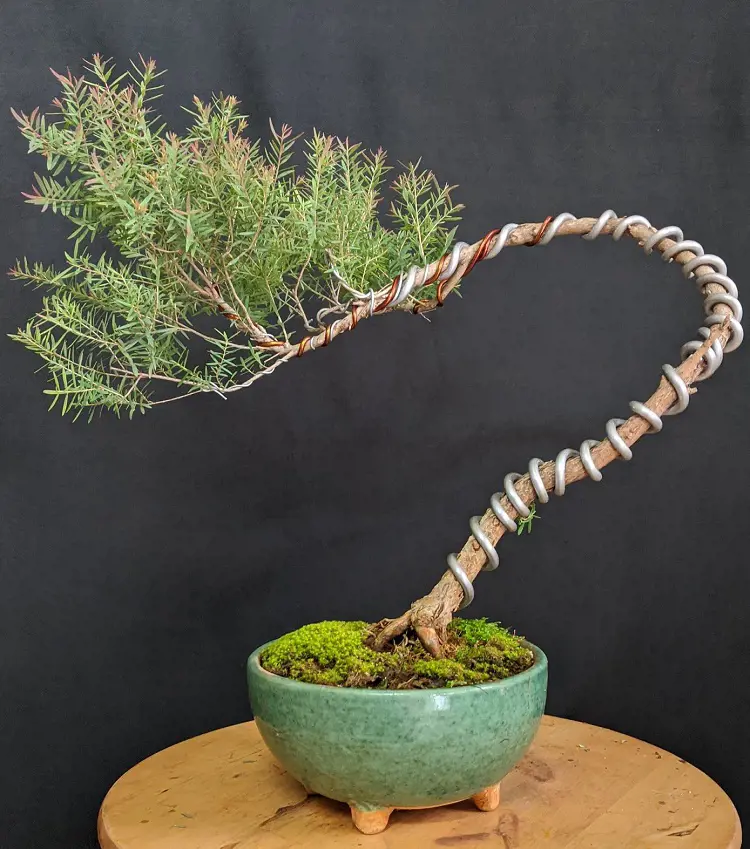
Wiring is a key method in bonsai care for shaping branches, but it requires caution to avoid harming the tree. The wire should be applied carefully, not too tight to prevent damage to the bark.
The goal is to shape branches slowly without causing stress. Regular monitoring is crucial, and the wire should be removed after a few months to prevent problems. This careful wiring approach ensures successful branch training while keeping the bonsai healthy and visually pleasing.
Pest and Disease Control
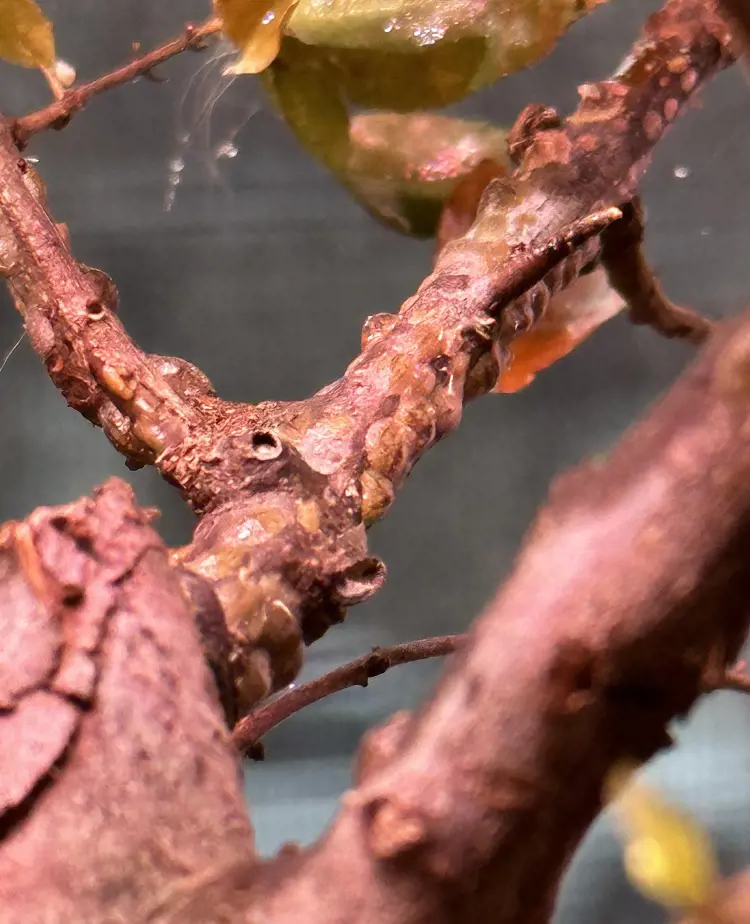
Regularly check your bonsai for bugs like aphids, scale, or spider mites. If you find any, deal with them right away. Also, make sure the leaves stay dry to stop fungal diseases from growing. Pests like aphids can munch on your bonsai, and scales might attach themselves to the branches, causing harm.
Spider mites are tiny bugs that can suck the sap from your tree. So, it's important to keep an eye out for these critters. If you spot them, take action to get rid of them. And don't forget to keep your bonsai's leaves dry to prevent any fungal issues.
Winter Care Of Bonsai Tree
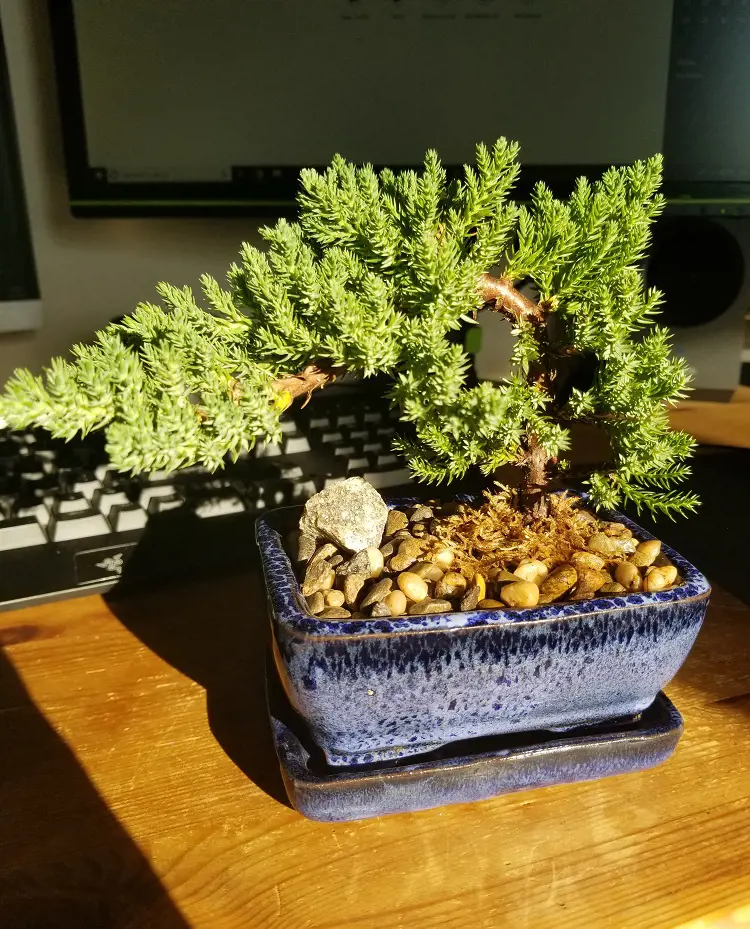
In winter, shield your bonsai from super cold weather, especially if it's not good with freezing temperatures. Either put it in a safe spot or cover it up for protection. Also, be mindful of watering; since the tree's activities slow down in winter, don't water it too much.
Think of it like the tree taking a little break. So, find a cozy spot, shield it from the harsh cold, and don't drown it with water during winter. This way, your bonsai can chill out and stay healthy until the warmer days return.
Temperature and Humidity

Lots of indoor bonsai plants really like more moisture in the air. You can help them out by putting a tray filled with water and pebbles under your bonsai. That way, when the water evaporates, it makes the air around the bonsai more humid, like a mini-humidity spa for your plant.
Another trick is using a humidifier in the room to add extra moisture. This is especially helpful if you live in a dry area.
Enjoy The Journey

Taking care of bonsai is like a never-ending learning adventure. Go at your own pace, have fun with it, and don't feel down if things don't always go perfectly. Every step, even the bumps in the road, helps you become better at it.
Remember, it's a journey, not a race. Enjoy every moment of caring for your little tree. With commitment and a bit of patience, you'll turn it into a tiny work of art that's thriving and looking amazing. So, take your time, enjoy the ride, and embrace the process of creating your miniature masterpiece.
Popular Types of Bonsai Tree
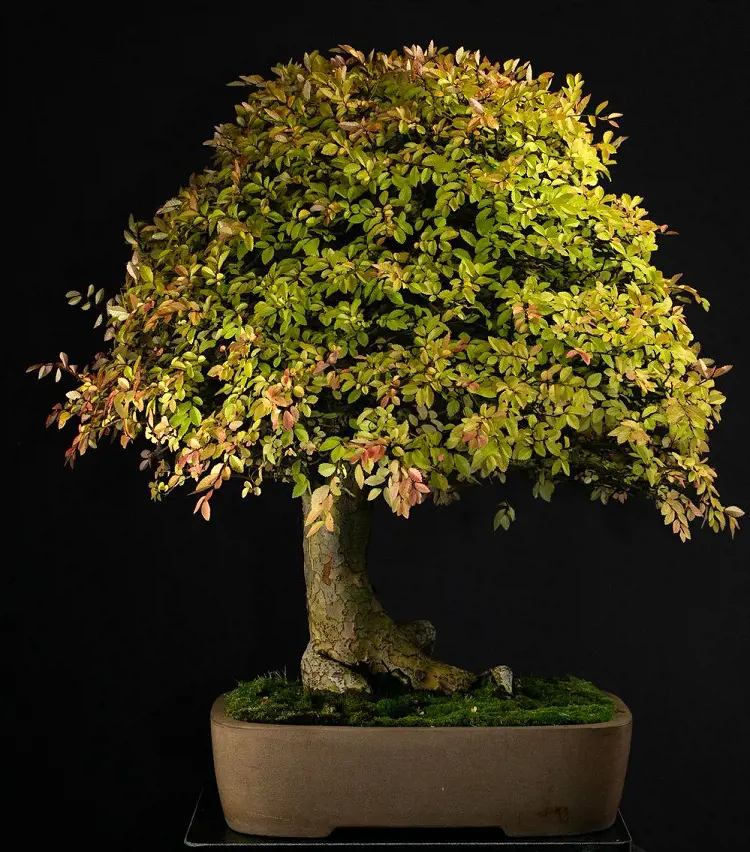
Bonsai trees come in various types, each with its unique charm and characteristics. Some popular types include:
- Juniper Bonsai: Known for its resilient nature, the Juniper is a common choice for beginners. It has needle-like foliage and can be shaped in diverse styles.
- Ficus Bonsai: The Ficus is an indoor-friendly option with glossy leaves. It's adaptable and forgiving, making it suitable for those new to bonsai cultivation.
- Pine Bonsai: Pines offers an elegant appearance with needle-like leaves. They thrive outdoors and require a bit more care, making them a good challenge for intermediate enthusiasts.
- Maple Bonsai: Loved for their vibrant autumn colors, Maple bonsai trees have distinct palmate leaves. They are visually striking and often chosen for their seasonal appeal.
- Chinese Elm Bonsai: Known for its small leaves and fine branching, the Chinese Elm is versatile and forgiving, making it a favorite for bonsai artists of all levels.
- Serissa Bonsai: Recognized for its tiny white flowers, the Serissa is an indoor bonsai with small, dark green leaves.
- Pomegranate Bonsai: Pomegranate trees produce unique fruits and have small, glossy leaves. They are well-suited for both indoor and outdoor cultivation.
Common Problem with Bonsai Trees

Common problems can arise when caring for bonsai trees, each with its distinctive symptoms and solutions:
Symptoms of Watering Issues
- Overwatering: Yellowing leaves and root rot.
- Underwatering: Wilting or dry soil.
- Solution: Adjust watering frequency based on the bonsai's needs and ensure proper drainage.
Signs of Poor Soil Drainage
- Symptoms: Waterlogged soil, root rot, and fungal problems.
- Solution: Use well-draining bonsai soil, and elevate the pot for improved airflow.
Improper Light Conditions
- Symptoms: Leggy growth, pale leaves, leaf drop.
- Solution: Place bonsai according to its light preferences, adjusting based on the species.
Pests
- Symptoms: Visible insects, distorted or discolored leaves.
- Solution: Regularly check for pests, use insecticidal soap or neem oil for control.

Diseases
- Symptoms: Spots on leaves, abnormal growth, fungal issues.
- Solution: Remove affected parts, and treat with suitable fungicides or bactericides.
Root Issues
- Symptoms: Stunted growth, yellowing leaves.
- Solution: Check roots for rot or overcrowding, and trim during repotting.
Nutrient Deficiency
- Symptoms: Yellowing or discolored leaves, poor growth.
- Solution: Regularly fertilize with a balanced, water-soluble fertilizer.
Incorrect Pruning
- Symptoms: Unbalanced shape, excessive pruning stress.
- Solution: Learn proper pruning techniques, and avoid aggressive pruning.

Environmental Stress
- Symptoms: Leaf burn, wilting, dropping leaves.
- Solution: Protect from extreme weather conditions, especially in winter.
Inadequate Humidity
- Symptoms: Crispy or browning leaf edges.
- Solution: Increase humidity with misting, water trays, or humidity trays.
Pot-Bound Roots
- Symptoms: Slow growth, roots emerging from drainage holes.
- Solution: Repot every 2-3 years to refresh the soil and prevent pot-bound roots.




